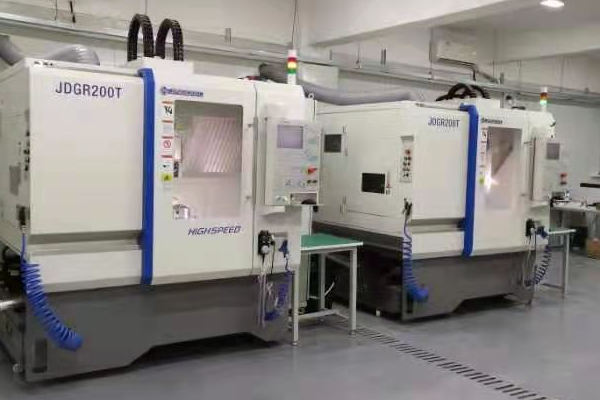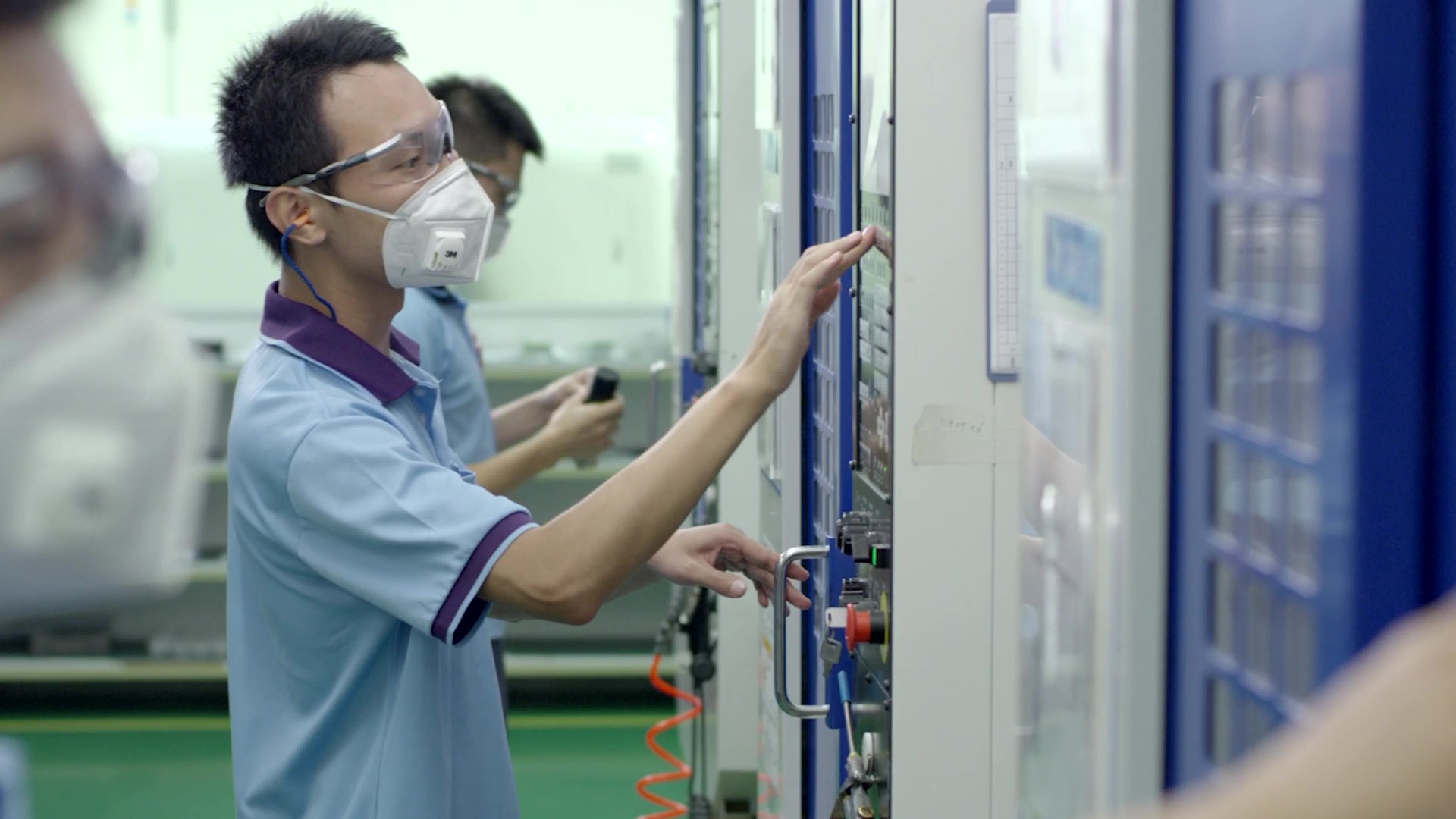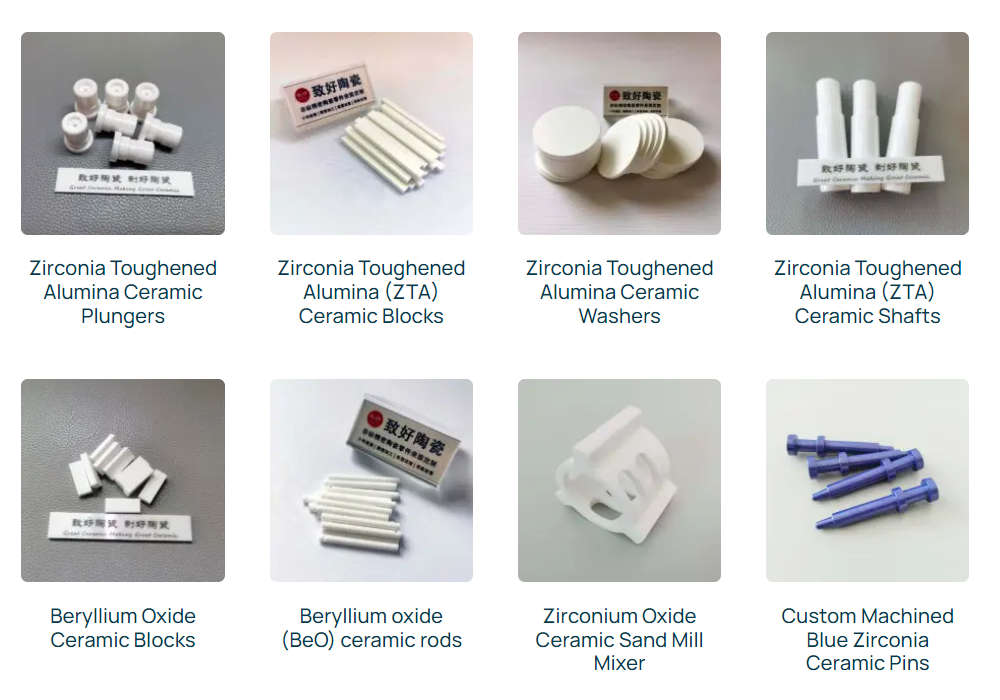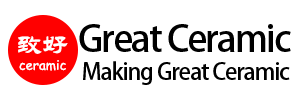화학, 플라스틱 및 고무 분야에서 첨단 세라믹의 응용 분야
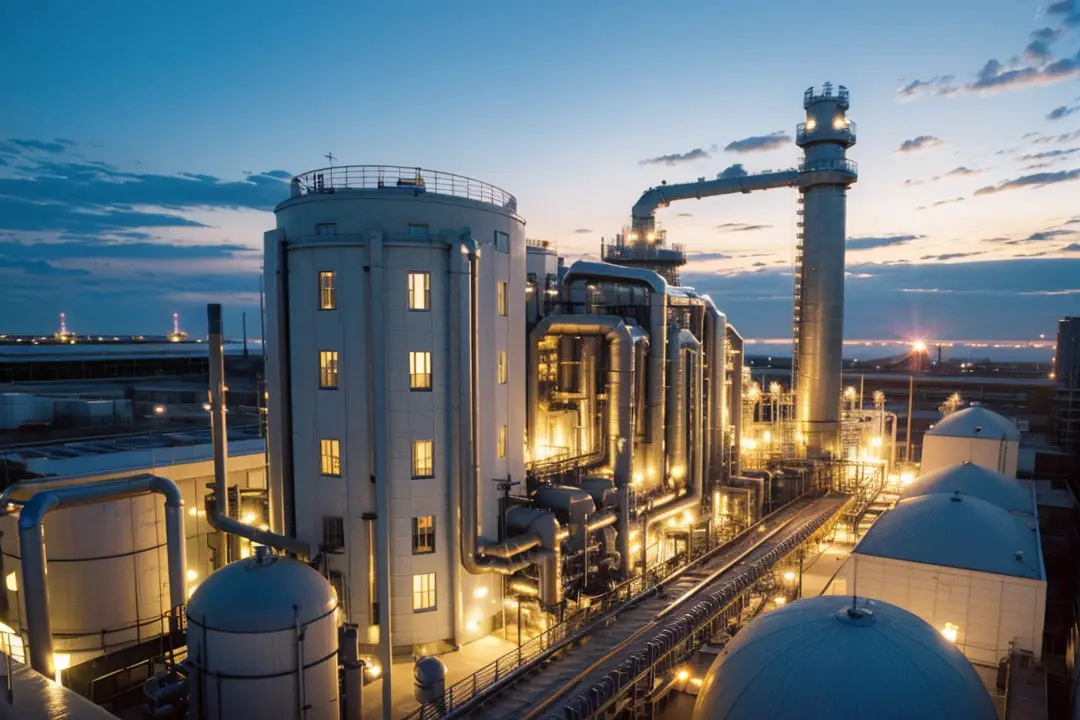
첨단 세라믹은 산업 전반에 걸쳐 필수적인 재료로 부상했습니다. 화학, 플라스틱및 고무 부문에서 탁월한 내식성, 내마모성및 고온 안정성. 에서 원자로 라이닝 석유화학 플랜트에서 세라믹 코팅 롤러 폴리머 가공 라인에서 이러한 엔지니어링 소재는 장비 수명을 최적화하고 공정 효율성을 개선하며 다음을 가능하게 합니다. 친환경 제조.
Great Ceramic은 화학, 플라스틱 및 고무 산업을 위해 특별히 설계된 정밀 엔지니어링 세라믹 부품을 제공합니다. 이러한 기술 세라믹은 탁월한 내마모성, 열 안정성, 화학적 불활성 및 전기 절연성을 제공하므로 업스트림, 미드스트림 및 다운스트림 애플리케이션에 필수적입니다.
고급 세라믹을 사용하는 이유는 무엇인가요?
첨단 세라믹은 고순도, 제어된 미세 구조, 기존 세라믹에 비해 우수한 특성을 특징으로 하는 엔지니어링 소재입니다. 주요 특징은 다음과 같습니다:
이러한 특성으로 인해 고급 세라믹은 금속이나 폴리머가 실패하는 분야, 특히 부식성, 마모성 또는 고온 환경에서 없어서는 안 될 필수 요소입니다.
혜택:
주요 애플리케이션
화학 산업에서
플라스틱 산업에서
고무 산업에서
가장 많이 사용되는 세라믹 소재
그레이트 세라믹은 알루미나(Al₂O₃), 탄화규소(SiC), 질화규소(Si₃N₄), 산화지르코늄 강화 알루미나(ZTA20) 등 첨단 세라믹을 활용하여 화학, 플라스틱 및 고무 산업의 고객이 전례 없는 수준의 성능, 안정성 및 지속 가능성을 달성하도록 돕고 있습니다.
| 세라믹 소재 | 속성 및 이점 | 일반적인 애플리케이션 |
|---|---|---|
| 알루미나(Al₂O₃) | 높은 경도, 우수한 내화학성, 비용 효율적 | 씰, 부싱, 가이드, 밸브 |
| 지르코니아(ZrO₂) | 견고함, 내마모성, 내식성 | 펌프 샤프트, 플런저, 연삭 매체 |
| 실리콘 카바이드(SiC) | 극한의 경도, 열 충격 저항성, 우수한 내식성 | 노즐, 반응기 라이닝, 압출 도구 |
| 질화규소(Si₃N₄) | 경량, 고강도, 열충격 저항 | 베어링, 믹서, 고온 밸브 부품 |
| 질화 알루미늄(AlN) | 높은 열 전도성, 전기 절연성 | 고온 전자 제품, 히터, 공정 모니터링 장치 |
| 질화붕소(BN) | 화학적 불활성, 뛰어난 윤활성 및 단열성 | 윤활 코팅, 절연체, 도가니 |
| ZTA(지르코니아 강화 알루미나) | 균형 잡힌 인성과 경도 | 다이 인서트, 가이드, 마모 플레이트 |
| MGC(가공 가능한 유리 세라믹) | 손쉬운 가공성, 우수한 열/전기 절연성 | 절연 부품, 스페이서, 맞춤형 실험실 부품 |
그레이트 세라믹의 기능
그레이트 세라믹은 까다로운 화학 및 플라스틱 가공 환경에 적합한 맞춤형 정밀 세라믹 부품을 제공합니다. 지르코니아 플런저부터 알루미나 노즐, 실리콘 카바이드 내마모성 라이너에 이르기까지 당사의 소재와 제조 능력은 긴 수명, 정밀도, 성능을 보장합니다.

